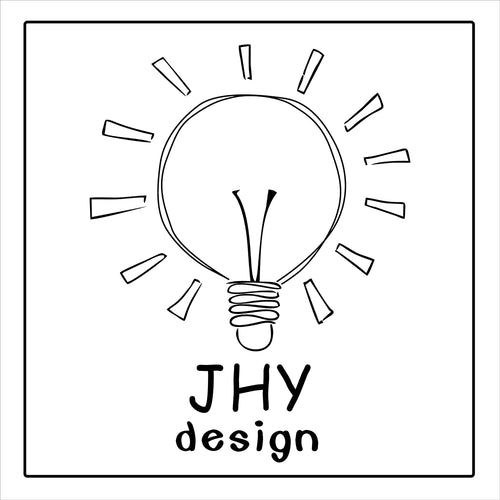Lighting has undergone a remarkable transformation throughout history, evolving from simple flames to sophisticated, intelligent systems. The development of modern lamps is not just a story of technological advancement but also one of changing design philosophies, energy concerns, and the very role of light in our lives.
The journey of modern electric lighting began in the late 19th century with Thomas Edison's practical incandescent light bulb. This invention replaced the open flame, providing a safer and more reliable light source. Early electric lamps were often ornate, treating the bulb as a jewel-like element within elaborate fixtures made of brass, glass, and fabric.
The early to mid-20th century saw a significant shift driven by the Bauhaus and Modernist movements. Designers like Wilhelm Wagenfeld and Christian Dell championed the principle of "form follows function." Lamps became simpler, geometric, and mass-producible. Materials like polished steel, aluminum, and molded glass were favored. The iconic Anglepoise lamp (1930s) and the Arco floor lamp (1960s) are timeless examples from this era, focusing on adjustable, targeted light and sculptural form.
The latter half of the 20th century introduced new lighting technologies. The halogen lamp offered a whiter, brighter light and greater efficiency than its incandescent predecessor. Compact Fluorescent Lamps (CFLs) later emerged as an energy-saving alternative, though they were often criticized for their cold light quality and slow start-up time.
However, the most profound revolution in modern lighting has been the rise of the Light Emitting Diode (LED). Initially used for indicator lights, LEDs have completely reshaped the industry. Their benefits are immense: exceptional energy efficiency, incredibly long lifespans, and compact size. This technological leap has allowed designers to create lamps with previously impossible forms—ultra-thin profiles, flexible strips, and seamless integration into architecture and furniture.
Beyond form and efficiency, the 21st century has ushered in the era of smart and human-centric lighting. Modern lamps are no longer mere tools for illumination; they are connected devices. Through smartphones or voice assistants, we can now adjust a lamp's brightness and color temperature effortlessly. The concept of Human-Centric Lighting (HCL) has gained traction, with systems designed to mimic the natural progression of daylight—energizing cool white light in the morning and warm, relaxing tones in the evening—to support our circadian rhythms and well-being.
Furthermore, sustainability has become a core driver of innovation. The low energy consumption of LEDs directly reduces carbon footprints. The industry is also increasingly focusing on circular economy principles, designing lamps with recyclable materials and longer-lasting components to minimize electronic waste.
In conclusion, the evolution of the modern lamp is a fascinating narrative of progress. It has moved from a purely functional object to an element of high design, and now to an intelligent, personalized, and sustainable component of our daily environment. As OLED (Organic Light-Emitting Diodes) and Li-Fi (light-based data transmission) continue to develop, the future of lighting promises to be even more integrated, adaptive, and transformative for our living and working spaces.


